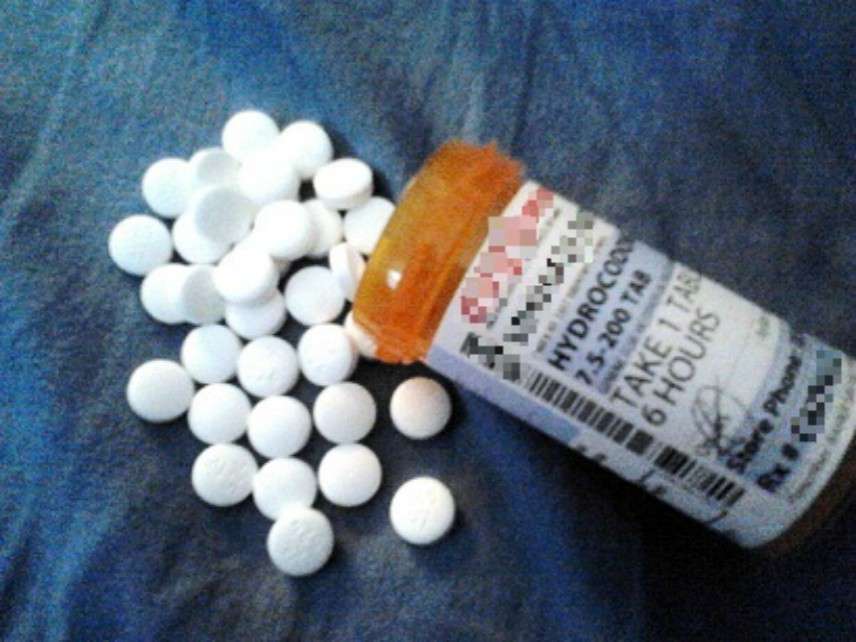Medicare Agency Retreats From Arbitrary Limit on Pain Medication
Under the final rule, pharmacists may fill high-dose opioid prescriptions as long as they verify them.

The Centers for Medicare and Medicaid Services (CMS) has retreated from a proposed rule that would have forced many patients to choose between living in agony and shelling out thousands of dollars more every year for pain medication.
Under the original proposal, Medicare generally would not have covered prescriptions for 90 or more morphine milligram equivalents (MMEs) per day. While there were exceptions for cancer and hospice patients, other Medicare beneficiaries suffering from severe chronic pain would have been out of luck unless their doctors mounted successful bureaucratic appeals. CMS reported that 1.6 million Medicare patients received daily opioid doses of 90 MME or more in 2016.
Not surprisingly, the 90-MME cap provoked strong objections from patients and doctors. "The 90 MME hard edit guidance was strongly opposed by nearly all stakeholder groups for a variety of reasons," CMS reported last week. "Physician groups opposed the forcible/non-consensual dose reductions due to the risks for patients of abrupt discontinuation and rapid taper of high dose opioid use. Similarly, we received hundreds of letters from patients who have taken opioids for long periods of time and are afraid of being forced to abruptly reduce or discontinue their medication regimens with sometimes extremely adverse outcomes, including depression, loss of function, quality of life, and suicide." Furthermore, "the overall consensus was that a 90 MME-per-day hard edit threshold would have little clinical impact against opioid overuse."
The final policy adopted by CMS instead requires a pharmacist who receives a prescription above the threshold to confirm it with the doctor and document the discussion. Stefan Kertesz, the University of Alabama at Birmingham internist who organized a letter in which hundreds of physicians objected to the original plan, told The Hill the revised policy is "humane and reasonable."
The 90-MME cutoff was copied from the supposedly nonmandatory opioid prescribing guidelines issued by the Centers for Disease Controll and Prevention in 2016. The CDC said doctors "should avoid increasing dosage" above 90 MME per day, or at least "carefully justify a decision to titrate dosage" above that level. Critics say that threshold, which many doctors have interpreted as a hard cap, is arbitrary because patients vary widely in the way they metabolize and respond to opioids, especially if they have developed tolerance after taking pain medication for years. Thanks to the CDC's advice, patients across the country have seen their doses dramatically reduced, even when they had been responding well to opioids for years.
Given that experience, it is hard to believe the CMS did not anticipate the backlash that its "hard edit guidance" would generate. Like the CDC, it seems to be pursuing the mission of reducing opioid abuse with little thought of the consequences for innocent bystanders.


Show Comments (10)